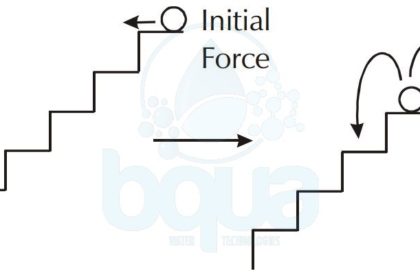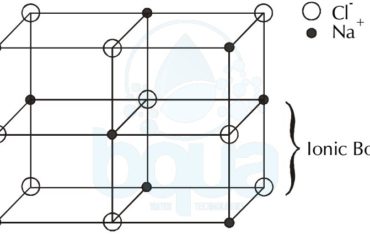
Chemical Reaction Definition
A Chemical Reaction is the change that occur to a chemical compound or molecule to form another. This usually leads to a change in the arrangement of electrons and breaking of bonds between atoms or molecules. In addition, chemical reaction produces no change to the cores of the atoms involved. New formed substances have different characteristics and properties.
We know how atoms bond together to form molecules, but you may ask why do certain molecules form. Certain elements combine to form compounds or why do certain compounds react with one another to form new compounds.
Chemical Reaction Examples
For example, when we mix calcium carbonate and hydrochloric acid, we get a violent chemical reaction which releases a large amount of gas.
CaCO3 + 2HCl ——> CaCl2 + H2O + CO2
Calcium Carbonate + Hydrochloric Acid -> Calcium Chloride + Water + Carbon Dioxide
In fact, this equation presents a chemical reaction. In this chemical reaction calcium carbonate reacts with hydrochloric acid to form calcium chloride, water and carbon dioxide. Consequently, this along with many other chemical reactions, are considered a spontaneous chemical reaction. Hence, it will begin and continue to completion on its own.
Types of Chemical Reactions
Spontaneous Reactions
2Na + 2H2O ——> 2NaOH + H2
Metallic Sodium + Water -> Sodium Hydroxide + Hydrogen Gas
NaHSO3 + HOCl ——> NaCl + H2SO4
Sodium Bisulfite + Hypochlorous Acid -> Sodium Chloride + Sulfuric Acid
Other chemical reactions are not spontaneous, however, will still continue on its own once started with a type of energy input.
Chemical Reaction Requiring An Initial Energy Input
2H2 + O2 —Energy—>Â 2H2O
Hydrogen Gas + Oxygen Gas -Energy-> Water
CH4Â + 2O2 —Energy—>Â CO2 + 2H2O
Methane + Oxygen -Energy-> Carbon Dioxide + Water
Much as a spontaneous chemical reaction, another type of chemical reaction requiring a continuous energy input.
Chemical Reaction Requiring AÂ Continuous Energy Input
N2 + 3H2 —Cont. Energy—>Â 2NH3
Nitrogen Gas + Hydrogen Gas -Cont. Energy-> Ammonia
CaCO3 —Cont. Energy—>Â CaO + CO2
Calcium Carbonate -Cont. Energy-> Calcium Oxide + Carbon Dioxide
In addition, can actually explain the chemical reaction types using the example of a ball rolling down stairs. In the case of the spontaneous chemical reaction, we can see the ball rolling down a set of stairs where each step is slightly sloped downhill. What happens is that the ball continues to roll down from step to step with no assistance.
spontaneous chemical reaction example ball rolling down set of inclined stairs
As in the case of a reaction requiring an initial energy input, we can use a ball rolling down a set of stairs where each step is a level. The ball continues to roll from step to step by an initial input trigger which is a push.
chemical reaction initial energy input example ball rolling down stairs
In the last example, a chemical reaction requiring continuous energy input, we can imagine a ball starting from the bottom of the stairs. In order to get the ball to the top, we have to continually add energy to the reaction.
chemical reaction continuous energy input example ball from bottom to top of stairs
As in the case with the ball and stairs, a spontaneous chemical reaction will proceed in the direction
which produces products having the lowest potential energy level. Furthermore, the chemical reactions which require only an initial energy boost have an energy “hump†which must be overcome before the reaction will proceed on its own.
Finally, the non-spontaneous chemical reaction produces products having a higher potential energy level. Therefore, these reactions require a continuous energy input (rolling the ball uphill). The change in energy between the reactants and products of a reaction is referred to as the change in enthalpy.


